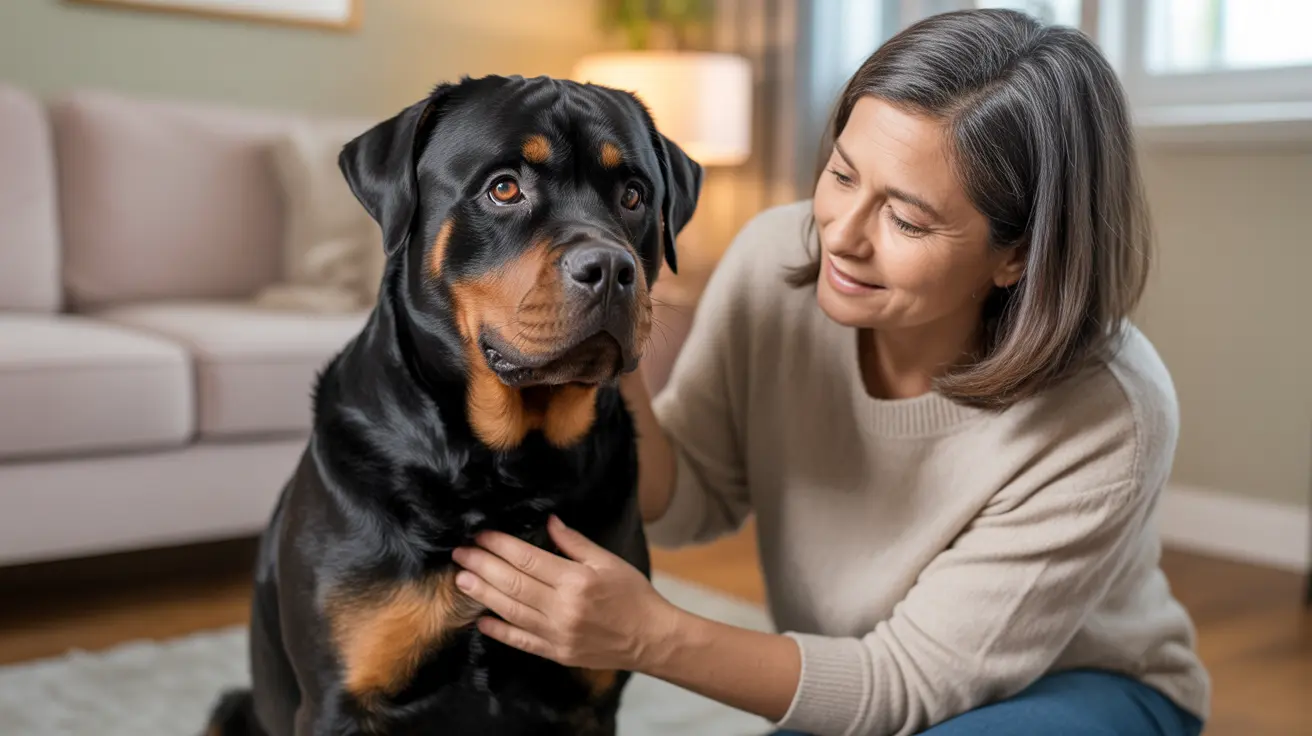Discovering a lump on your dog's chest can be concerning for any pet parent. Whether you've noticed it during a routine petting session or while grooming your furry friend, it's important to understand what these lumps could mean and when they require veterinary attention.
While finding a lump on your dog's chest might cause immediate worry, it's worth noting that many chest lumps in dogs are benign and treatable when caught early. This comprehensive guide will help you understand the various types of lumps, their potential causes, and the appropriate steps to take for your dog's health.
Common Types of Chest Lumps in Dogs
Benign Growths
The most common type of lump found on a dog's chest is a lipoma, or fatty tumor. These soft, moveable masses are typically harmless and occur more frequently in older or overweight dogs. Other benign growths include:
- Sebaceous cysts
- Warts (papillomas)
- Skin tags
- Histiocytomas
Potentially Serious Lumps
Some chest lumps require immediate veterinary attention, including:
- Mast cell tumors
- Soft tissue sarcomas
- Lymphomas
- Abscesses from injuries or infections
Identifying Different Types of Chest Lumps
Understanding the characteristics of various lumps can help you better communicate with your veterinarian:
- Lipomas: Soft, moveable, and usually painless
- Cysts: Round, smooth, and filled with fluid
- Abscesses: Warm, painful, and may contain pus
- Mast cell tumors: Can change size and may be itchy
- Sarcomas: Firm and often fixed to underlying tissue
When to Seek Veterinary Care
While not all lumps are emergencies, certain signs warrant immediate veterinary attention:
- Rapid growth or sudden appearance
- Changes in size, shape, or color
- Pain or discomfort when touched
- Bleeding or ulceration
- Associated symptoms like lethargy or loss of appetite
Professional Diagnosis and Treatment
Your veterinarian will likely perform several diagnostic procedures to identify the type of lump:
- Physical examination
- Fine needle aspiration
- Biopsy if necessary
- Imaging tests like X-rays or ultrasound
- Blood work to check overall health
Prevention and Monitoring
Regular monitoring can help detect chest lumps early:
- Perform monthly home examinations
- Keep a record of any changes in existing lumps
- Maintain a healthy weight for your dog
- Schedule regular veterinary check-ups
- Address any new lumps promptly
Frequently Asked Questions
What are the most common causes of a lump on my dog's chest?
The most common causes include lipomas (fatty tumors), cysts, warts, and occasionally inflammatory responses to injuries or infections. While many chest lumps are benign, professional evaluation is always recommended.
How can I tell if a lump on my dog's chest is cancerous or benign?
It's impossible to definitively determine if a lump is cancerous or benign through visual inspection alone. Only a veterinary examination with appropriate diagnostic tests can provide an accurate diagnosis.
When should I take my dog to the vet for a lump on their chest?
Take your dog to the vet if you notice any new lump, regardless of size. Immediate attention is needed if the lump is growing rapidly, changes appearance, causes pain, or is accompanied by other symptoms.
What diagnostic tests will the vet perform to identify the lump on my dog's chest?
Your vet may perform a fine needle aspiration, biopsy, imaging tests (X-rays or ultrasound), and possibly blood work to identify the type of lump and determine the best treatment approach.
Can lumps on a dog's chest be safely treated at home, or do they always require veterinary care?
Never attempt to treat chest lumps at home. All lumps should be evaluated by a veterinarian to ensure proper diagnosis and treatment. Home remedies could potentially worsen the condition or delay necessary medical care.
Remember, while finding a lump on your dog's chest can be worrying, many are benign and treatable. The key is early detection and professional veterinary care to ensure the best outcome for your beloved pet.






